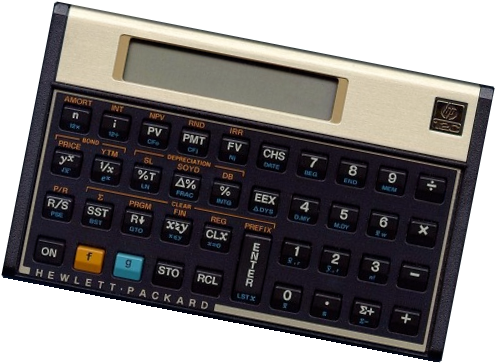Seller financing is a term that covers a lot of different things. But it basically is a process to purchase or control a property without needing all cash of getting a loan to pay the seller off. Seller financing can be a useful tool in a tight credit market. It allows sellers to move a home faster and get a sizable return on the investment. And buyers may benefit from less stringent qualifying and down payment requirements, more flexible rates, and better loan terms on a home that otherwise might be out of reach.
In a seller financing transaction, the seller takes on the role of the lender. Instead of giving cash to the seller, the seller extends enough credit to the buyer for the purchase price of the home, minus any down payment.
Seller financing can be done in many different ways and with multiple options in the same transaction. The most common form of seller financing is with a Contract for Deed (AKA Agreement for Deed or Land Contract), but there are many alternative options available, including lease options, Subject-To and wrap around mortgages.
 A Contract for Deed is simple to understand, you make monthly mortgage payments to the seller directly rather than getting a loan from bank or private lender. Let’s say you agree to pay the seller $100,000 and they agree to a Contract for Deed at a 6% interest rate with a 5 year balloon payment. You would pay the seller $599.55 PI (Principle & Interest) per month for 59 payments an on the 60th month (5 years) you make a lump sum payment of $93,054.36 and the seller would sign over the deed to the property. When you were making the payments, you were the owner, but the seller retains the right to cancel the contract and get the property back if you are in breach of the contract including but not limited to making the monthly payment on time.
A Contract for Deed is simple to understand, you make monthly mortgage payments to the seller directly rather than getting a loan from bank or private lender. Let’s say you agree to pay the seller $100,000 and they agree to a Contract for Deed at a 6% interest rate with a 5 year balloon payment. You would pay the seller $599.55 PI (Principle & Interest) per month for 59 payments an on the 60th month (5 years) you make a lump sum payment of $93,054.36 and the seller would sign over the deed to the property. When you were making the payments, you were the owner, but the seller retains the right to cancel the contract and get the property back if you are in breach of the contract including but not limited to making the monthly payment on time.
A Lease Option is another form of Seller Financing. Here you are leasing the property from a seller so you do not own it, you are simply a tenant. The difference is that the Option gives you an equitable position in the property because you have a predetermined purchase price. So if the value of the property increases more than your option price, then you can capitalize on the increase by exercising your option to purchase at the lower predetermined price and then sell the property for a profit. Usually with a Lease Option, also have the right to sublease the property which allows you to fill the property with another tenant that is willing to pay you more monthly which you can then keep as your cash flow and most likely give the end buyer an option to purchase at a predetermined price that is higher than what you agreed to pay the seller.
Subject-To (Sub2) is a term used when transferring ownership of a property without paying off all underlying liens. A mortgage is a lien on the property. In a warranty deed, the term is:
The Grantor hereby covenants with said grantee that the grantor is lawfully seized of said land in fee simple, that the grantor has good right and lawful authority to sell and convey said land and will defend the same against the lawful claims of all persons whomsoever, and that the said land is free of all encumbrances, except:
The except is where you enter the mortgage information so the deed transfer fee simple (free and clear) title subject to the following exemptions.
The reason this is still classified as seller financing is because the seller stays on the mortgage until you pay it off. The seller doesn’t not have any control over the property like in a Contract for Deed or a Lease Option, but they do have a stake in the deal because you have a lot of control over their credit because they are still on the mortgage. This can be dangerous to the sellers so most of the time they will not accept a subject to deal unless they already have nothing left to lose, like in a Pre-Foreclosure situation or they inherited the property with a pre-existing mortgage that is not in their name.
There are many other ways to construct a Seller Financing deal and some are extremely creative. The bottom line is, when the market turns to a buyers’ market, or at least not as strong of a seller’s market, then sellers will be open to creative solutions to sell their properties.